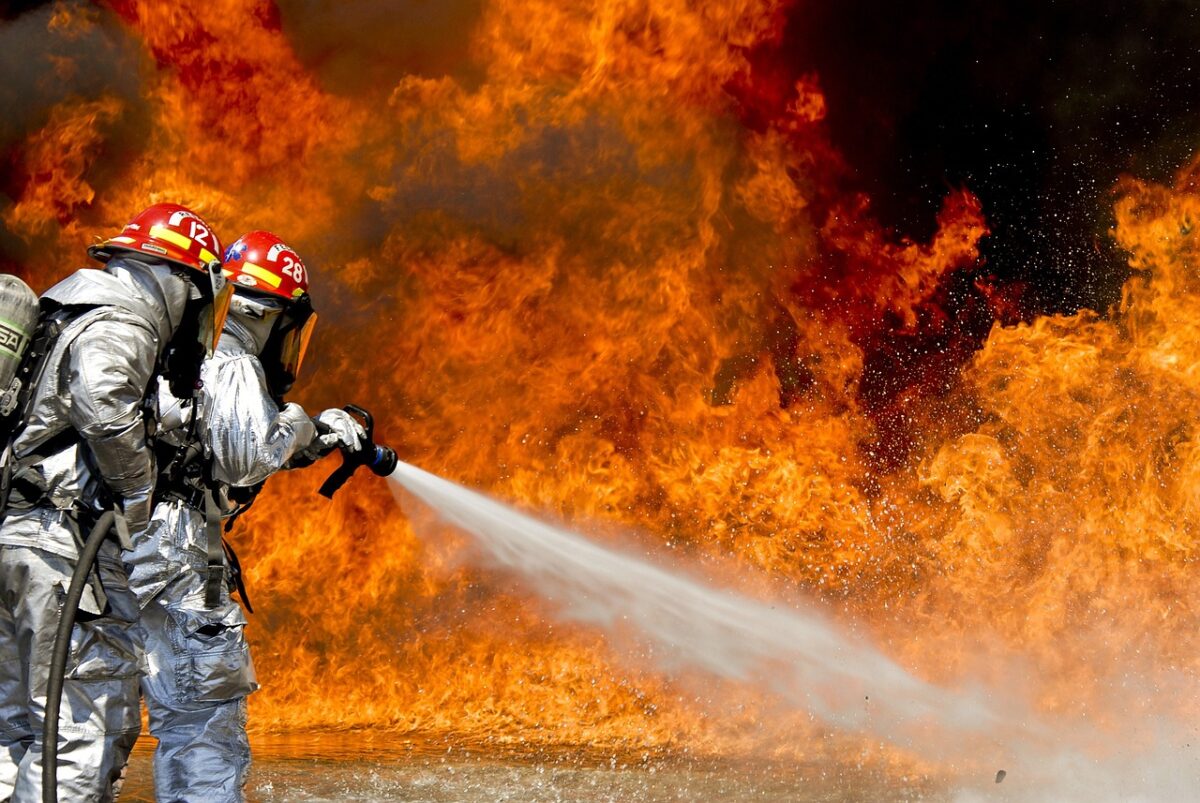Around 26% of energy storage systems that were inspected by Clean Energy Associates (CEA) during a recent survey showed quality issues connected to their fire detection and suppression systems, according to a report from the clean energy advisory company.
The findings led the report’s authors to conclude that thermal runaway still poses a significant risk to the energy storage industry. In addition, the survey found 18% of the energy storage systems had issues with the thermal management system.
“Fire suppression and thermal management systems are critical for functional safety, and defects in these systems can lead to increased risk of fire,” the report said.
CEA conducted more than 320 inspections on over 52 battery energy storage system factors, collectively auditing over 30 GWh of lithium-ion battery storage projects. In total, the exercise identified more than 1,300 manufacturing issues, the company reported.
Markets in the U.S. and across the world have been deploying increasing amounts of energy storage to help smooth out renewable power. In fact, the total amount of energy storage installed in the U.S. in the first three quarters of 2023 exceeded total deployments for the previous year, and would have been much higher, if it weren’t for delays that affected 80% of projects in the pipeline, according to a report from Wood Mackenzie and the American Clean Power Association (ACP).
Experts say that multiple factors are driving the battery storage market, including price declines. Median prices for grid-scale lithium-ion battery storage systems shrunk 23% quarter over quarter, according to the report, thanks in part to easing supply chain challenges and lower commodity prices.
However, policy-makers are also keeping a close eye on the risks posed by lithium-ion batteries, which have been known to cause fires – such as the 2019 McMicken fire at an Arizona Public Service (APS) system, which injured eight firefighters and a policy officer. Last September, a fire occurred at a battery storage in northern San Diego County, California – the Valley Center Energy Storage Facility, a 139 MW project. That fire necessitated evacuating people from homes and businesses within a quarter mile of the storage system’s site.
CEA’s analysis took a closer look at issues at the system, module and battery cell levels. It found that some 50% of quality assurance findings were system-level defects. Two factors drive this trend, according to the report: systems tend to be complex and vulnerable to problems that were actually caused further upstream and escaped earlier quality checks, and the integration process for battery storage systems tend to be highly manual and labor intensive, and don’t always have stringent quality control procedures.
“A takeaway is there is no perfect production line or supply chain or manufacturer… So definitely doing due diligence before procuring and then in the factories is a must for buyers. The industry has matured a lot, but it’s not there yet – I think that’s quite obvious,” said George Touloupas, senior director, technology and quality with CEA, during a webinar conducted by Energy-Storage.news.
But while lithium-ion batteries present these risks, Touloupas said they remain the prominent storage technology being purchased today.
“[I]f we need a lot of hours of storage, then maybe flow batteries or other technologies become competitive – but as we are today, there’s nothing else than lithium-ion,” he said, adding that he’s optimistic that the industry is reacting and addressing these safety challenges.
Noah Roberts, senior director of energy storage with the American Clean Power Association, noted that the report’s findings do not mean that these faults exist in energy storage facilities connected to the grid. In fact, he said, under current industry standard practices, and the nationally recommended safety standard, NFPA 855, all of the faults identified in this report would be corrected during the project installation and commissioning process.“It is critical that the topic of this report—a subjective evaluation of manufactured products still on the assembly floor—is not conflated with the highly regulated, evaluated, and tested energy storage equipment currently serving the electric grid,” Roberts added.
This article was amended on Feb. 19, 2024 to add comments from Noah Roberts of the American Clean Power Association.
This content is protected by copyright and may not be reused. If you want to cooperate with us and would like to reuse some of our content, please contact: editors@pv-magazine.com.








“But while lithium-ion batteries present these risks, Touloupas said they remain the prominent storage technology being purchased today.”
Extremely foolish for utilities to CONTINUE to make this mistake…when safer, cheaper and non-lithium options are already available…and many of these don’t require fire suppression systems.